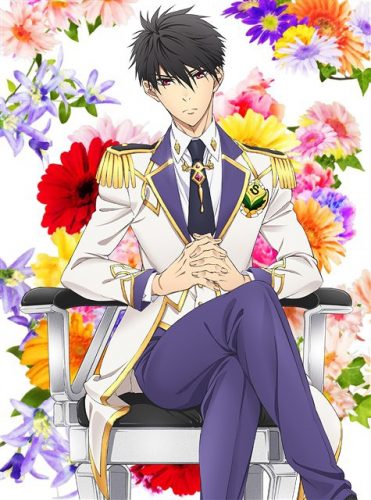
In Japan, ikebana is known as the art of flower arranging. It is highly regarded as an art and could easily be compared to a living sculpture. Many design theories and patterns are taken into account by one who does ikebana. By doing so, the artist is able to emphasize the color, form and other aspects of each individual flower, branch and/or vine. Unlike western flower arranging, ikebana serves to create a different display that allows the flowers to be incorporated best. They may be displayed in a log or another form that we as westerners consider unconventional. This long practiced art has a history that goes back generations and is highly regarded as an art in Japan.
History
In ikebana, the flowers most commonly used are those that are native to the seasons in Japan. Not only was this because they were easily found throughout history but also because they serve a symbolic meaning. For example, a plum branch is often incorporated into the display during the new year to symbolize good luck. Bamboo branches are found most times during the year so they are also commonly seen in ikebana. Records of ikebana trace back to the 6th century. The similarly practiced kuge, Buddhist floral arrangement, was a more simplified form that evolved into the ikebana we know today. Ikebana held many important meanings throughout history and throughout many different classes. As a famous art form, ikebana was displayed in museums and tea ceremonies next to the equally famous scrolls and paintings.
Modern Day Ikebana
Ikebana is still being practiced in Japan today. There are over 3,000 schools that teach the art of ikebana. While some are more classic, others have resolved to have more modern principles that guide their arrangements. Today, foreigners, such as Ellen Gordon Allen, have studied in Japan and brought the philosophies of ikebana to the outside world and have encouraged it to blossom in the international art world. The art of ikebana in Japan is flourishing; however, it is now referred to as kado. This term allows a deeper understanding of ikebana and refers to it as a way of learning that is constantly evolving and gaining a deeper understanding into the world of flowers and a relationship with nature.
Final Thoughts
Ikebanists are praised now on an international scale now more than ever. This is an art that has deep historical roots but is constantly evolving and developing new practices. By understanding that ikebana brings us closer to nature, many ikebanists have strived to uphold the beauty and simplicity of nature in their creations. We believe that this has helped us worldwide as well. Since our society is growing farther away from nature than ever now in an age of modernization and technology, we are unable to constantly see the splendor of nature. Ikebana is able to bring us back to a more primal but also more dignified state where we can become one with a glorious art that is inherent in humans around the globe.

